Home>Storage Ideas>Kitchen Storage>Do Kitchen And Dining Room Lights Have To Match? We Asked Experts For The Answer
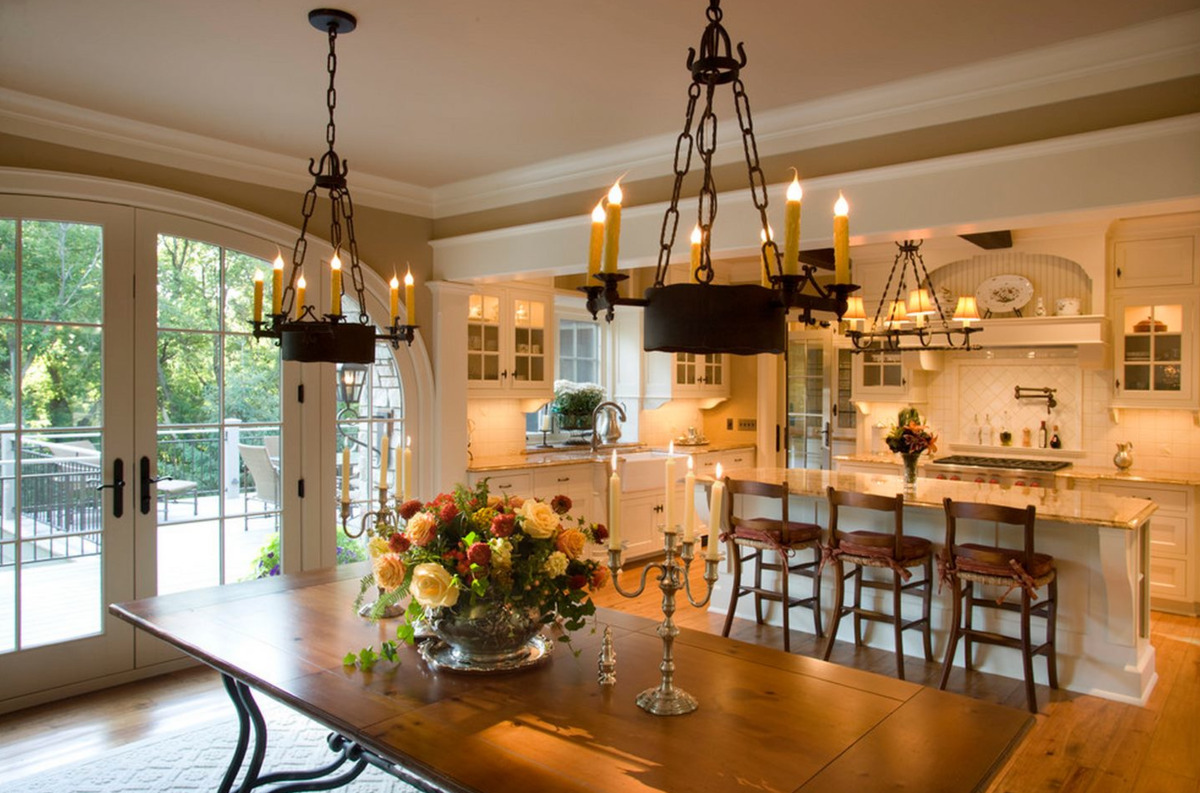

Kitchen Storage
Do Kitchen And Dining Room Lights Have To Match? We Asked Experts For The Answer
Modified: December 7, 2023
Find out from the experts if kitchen and dining room lights should match and get some expert kitchen storage ideas.
(Many of the links in this article redirect to a specific reviewed product. Your purchase of these products through affiliate links helps to generate commission for Storables.com, at no extra cost. Learn more)
Introduction
Welcome to the world of kitchen and dining room lighting design! Lighting plays a crucial role in creating a warm and inviting atmosphere in any home. When it comes to designing the lighting in your kitchen and dining area, one question that often arises is: do kitchen and dining room lights have to match?
To find the answer, we turned to experts in the field of lighting design. They shed light on the importance of coherence in lighting design and provided insights into the factors to consider when choosing kitchen and dining room lights. Furthermore, we delved into the pros and cons of matching these lights and sought expert opinions to offer a balanced perspective.
So, if you’re on a mission to elevate your kitchen and dining room lighting game, join us as we explore the world of coordinated lighting design!
Key Takeaways:
- Matching kitchen and dining room lights can create visual continuity, design harmony, and enhanced aesthetics, but may limit variety and flexibility. Balance coordination with personal style for a cohesive yet unique lighting design.
- Expert opinions suggest that while matching lights can be beneficial, incorporating contrasting elements can add visual interest and reflect your unique style. Ultimately, the decision should align with your design goals and personal preferences.
Understanding Lighting Design
Before we dive into the question of whether kitchen and dining room lights have to match, let’s first understand the basics of lighting design. Lighting design is much more than simply installing light fixtures; it involves creating a harmonious blend of functionality and aesthetics.
Proper lighting design takes into account the various layers of lighting: ambient, task, and accent. Ambient lighting provides overall illumination to the space, allowing you to move around safely. Task lighting focuses on specific areas where activities like cooking or reading take place. Accent lighting adds drama and highlights architectural features or decorative elements in the room.
Each layer of lighting serves a specific purpose and contributes to the overall ambiance and functionality of the space. When designing the lighting for your kitchen and dining area, it’s important to consider how these layers will work together to create a cohesive and inviting atmosphere.
Furthermore, the style and design of the light fixtures themselves play a significant role in enhancing the overall aesthetic appeal of the room. From sleek and modern to rustic and traditional, there are countless options available to suit your personal taste and complement the existing decor.
With a solid understanding of lighting design principles, we can now explore the concept of coherence in kitchen and dining room lighting.
Importance of Coherence in Lighting Design
Coherence in lighting design refers to creating a unified and harmonious lighting scheme throughout the kitchen and dining area. When the lighting is coherent, it creates a sense of balance and flow, enhancing the overall visual appeal of the space.
Having a consistent design language for the lights in your kitchen and dining room can help tie the two spaces together, creating a seamless transition between them. This can be particularly important if your kitchen and dining area are open-plan or adjacent to each other.
Coherence in lighting design also contributes to functionality. By ensuring that the light levels and quality are consistent, you create a comfortable and conducive environment for various activities, such as meal preparation, cooking, dining, and entertaining.
Furthermore, a well-designed lighting scheme can enhance the mood and atmosphere of the space. Whether you want a cozy and intimate ambiance for a romantic dinner or a bright and lively setting for a family gathering, having coordinated lights enables you to achieve the desired effect.
With coherence in lighting design, you can create a cohesive and visually pleasing space that reflects your personal style and enhances the overall functionality of your kitchen and dining area. But does this mean that the lights in these two areas have to match? Let’s explore the factors to consider when choosing kitchen and dining room lights.
Factors to Consider When Choosing Kitchen and Dining Room Lights
When selecting lights for your kitchen and dining room, there are several important factors to consider. These factors will help guide you in making choices that not only enhance the aesthetic appeal of the space but also ensure practicality and functionality. Let’s take a closer look at these factors:
- Space and Layout: Consider the size and layout of your kitchen and dining area. Larger spaces may require multiple light fixtures and different types of lighting to adequately illuminate the entire area.
- Task Lighting Needs: Assess the specific tasks that take place in your kitchen, such as food preparation and cooking. Adequate task lighting can make these activities easier and safer, so consider the placement of lights above work surfaces and cooking areas.
- Dimming and Control Options: Think about whether you want the ability to adjust the brightness of your kitchen and dining room lights. Dimming options can help create different moods and ambiance for different occasions.
- Style and Design: Consider the existing decor and style of your kitchen and dining area. Choose lights that complement the overall aesthetic and add to the visual appeal of the space.
- Budget and Energy Efficiency: Determine your budget for lighting fixtures and consider energy-efficient options. LED lights, for example, are not only environmentally friendly but also cost-effective in the long run.
- Maintenance and Cleaning: Keep in mind the practicality of maintaining and cleaning your chosen light fixtures. Opt for materials and designs that are easy to clean and maintain in a kitchen environment.
- Personal Preference: Ultimately, trust your personal preference and style when selecting kitchen and dining room lights. After considering the practical aspects, choose lights that resonate with you and create a space you love.
By taking these factors into consideration, you can make informed decisions when choosing the lights for your kitchen and dining area. But what about matching the lights in these two spaces? Let’s explore the pros and cons.
Matching Kitchen and Dining Room Lights: Pros and Cons
Matching kitchen and dining room lights can create a cohesive and unified look in your home. Here are some pros and cons to consider:
Pros:
- Visual Continuity: Coordinating the lights in your kitchen and dining room creates a seamless transition between the two spaces. This can enhance the overall visual flow and make the area feel more cohesive.
- Design Harmony: Matching lights allow you to maintain a consistent design language throughout your kitchen and dining area. This can contribute to a sense of harmony and balance in the space.
- Enhanced Aesthetics: Matching lights can elevate the overall aesthetic appeal of your home. It can create a polished and intentional look that adds a touch of sophistication to your kitchen and dining area.
- Simplicity in Selection: Choosing matching lights can simplify the decision-making process. By narrowing down your options to a specific style or design, you can streamline the selection process and save time.
Cons:
- Lack of Variety: Matching lights may limit your options for creativity and variety. If you prefer a mix of different light fixtures or styles, matching lights may not provide the desired level of uniqueness and individuality.
- Less Flexibility: Matching lights may restrict your ability to switch up the design in the future. If you decide to change the style or theme of one room, it may require replacing the lights in both the kitchen and dining room for consistency.
- Higher Costs: Purchasing multiple matching light fixtures can be more expensive compared to selecting different lights for each space. This is especially true if you have a large kitchen and dining area that requires several fixtures.
Ultimately, the decision of whether to match the lights in your kitchen and dining room depends on your personal preference and the overall design goals you want to achieve.
To provide a well-rounded perspective, let’s hear what experts in lighting design have to say about matching kitchen and dining room lights.
Tip: While it’s not necessary for kitchen and dining room lights to match, it’s important to consider the overall aesthetic and functionality of both spaces. Coordinating styles or finishes can create a cohesive look, but it’s also okay to mix and match for a more eclectic feel.
Expert Opinion on Matching Kitchen and Dining Room Lights
We reached out to experts in the field of lighting design to gather their insights on the topic of matching kitchen and dining room lights. Here’s what they had to say:
1. Helen Johnson, Interior Designer:
“Matching kitchen and dining room lights can create a cohesive and polished look in your home. It helps tie the two spaces together and adds a sense of harmony. However, it’s important to strike a balance between coordination and personal style. Consider incorporating some variations in style or design within the matching lights to add uniqueness and individuality to the space.”
2. Mark Davis, Lighting Consultant:
“I believe that matching kitchen and dining room lights is a matter of personal preference and design goals. While it can create a cohesive look, it doesn’t necessarily have to be an exact match. Mixing and complementing different light fixtures can add visual interest and create a dynamic lighting scheme. It’s all about finding the right balance and creating a space that reflects your style.”
3. Sarah Adams, Interior Architect:
“Matching kitchen and dining room lights can be a great way to create a seamless transition between these two spaces, especially in open-plan layouts. It enhances the overall flow and creates a sense of unity. However, it’s important to consider the functionality as well. Ensure that the lights are suitable for their specific tasks, such as providing ample task lighting in the kitchen and softer, ambient lighting in the dining area.”
4. Michael Johnson, Lighting Designer:
“While matching kitchen and dining room lights can create a cohesive look, it’s not the only way to achieve a harmonious lighting design. Mixing different styles or incorporating contrasting elements can add visual interest and make a bold design statement. It ultimately depends on your personal style and the overall aesthetic you want to create.”
These expert opinions highlight the importance of striking a balance between coordination and personal style when it comes to matching kitchen and dining room lights. Ultimately, the decision should align with your design goals and reflect your unique sense of style.
Now that we have explored the various perspectives on matching lights, let’s conclude our discussion.
Conclusion
When it comes to designing the lighting for your kitchen and dining room, the question of whether the lights need to match is subjective and depends on your personal style and design goals. While matching lights can create a cohesive and unified look, it is not the only approach to consider.
Understanding the fundamentals of lighting design, including the different layers of lighting and the importance of coherence, allows you to make informed decisions about your kitchen and dining room lighting. Factors such as space, task lighting needs, style, budget, and personal preference all play a role in the selection process.
Matching kitchen and dining room lights offer the pros of visual continuity, design harmony, enhanced aesthetics, and simplicity in selection. However, there are also cons to consider, such as the lack of variety, reduced flexibility, and potentially higher costs.
Expert opinions from professionals in lighting design suggest that while matching lights can be beneficial, it’s essential to strike a balance between coordination and personal style. Mixing different styles or incorporating contrasting elements can add visual interest and reflect your unique sense of style.
In the end, the decision of whether to match the lights in your kitchen and dining room is entirely up to you and what you envision for your space. Whether you choose to match the lights or opt for a more eclectic look, the key is to create a lighting design that enhances the aesthetic appeal, functionality, and overall ambiance of your kitchen and dining area.
So, as you embark on your journey to transform your kitchen and dining room lighting, consider these insights, trust your instincts, and create a space that reflects your personal style and makes you feel right at home.
Frequently Asked Questions about Do Kitchen And Dining Room Lights Have To Match? We Asked Experts For The Answer
Was this page helpful?
At Storables.com, we guarantee accurate and reliable information. Our content, validated by Expert Board Contributors, is crafted following stringent Editorial Policies. We're committed to providing you with well-researched, expert-backed insights for all your informational needs.
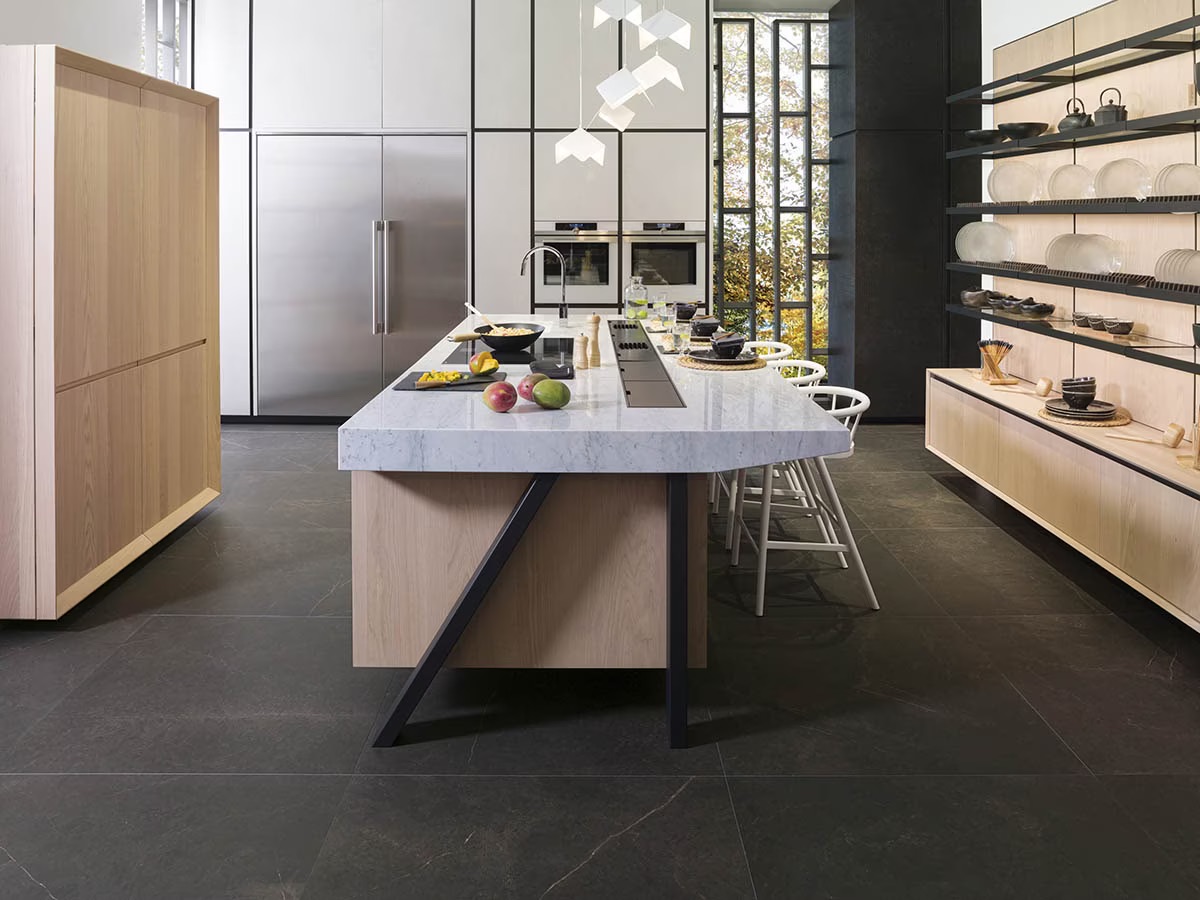
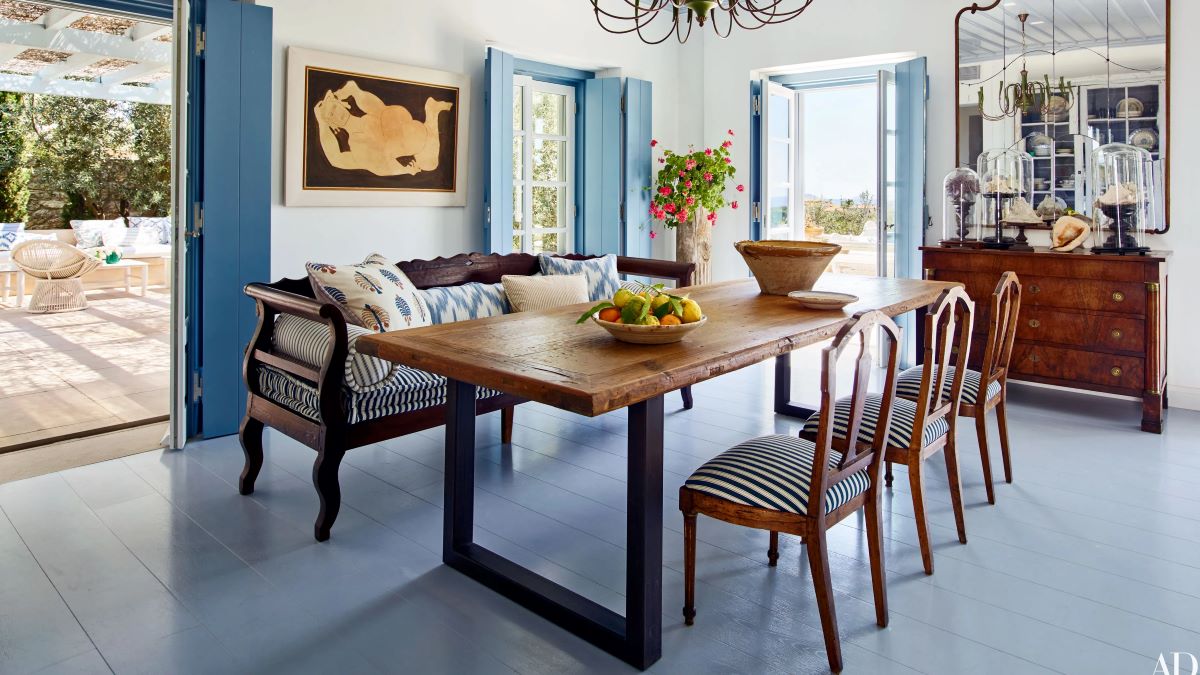

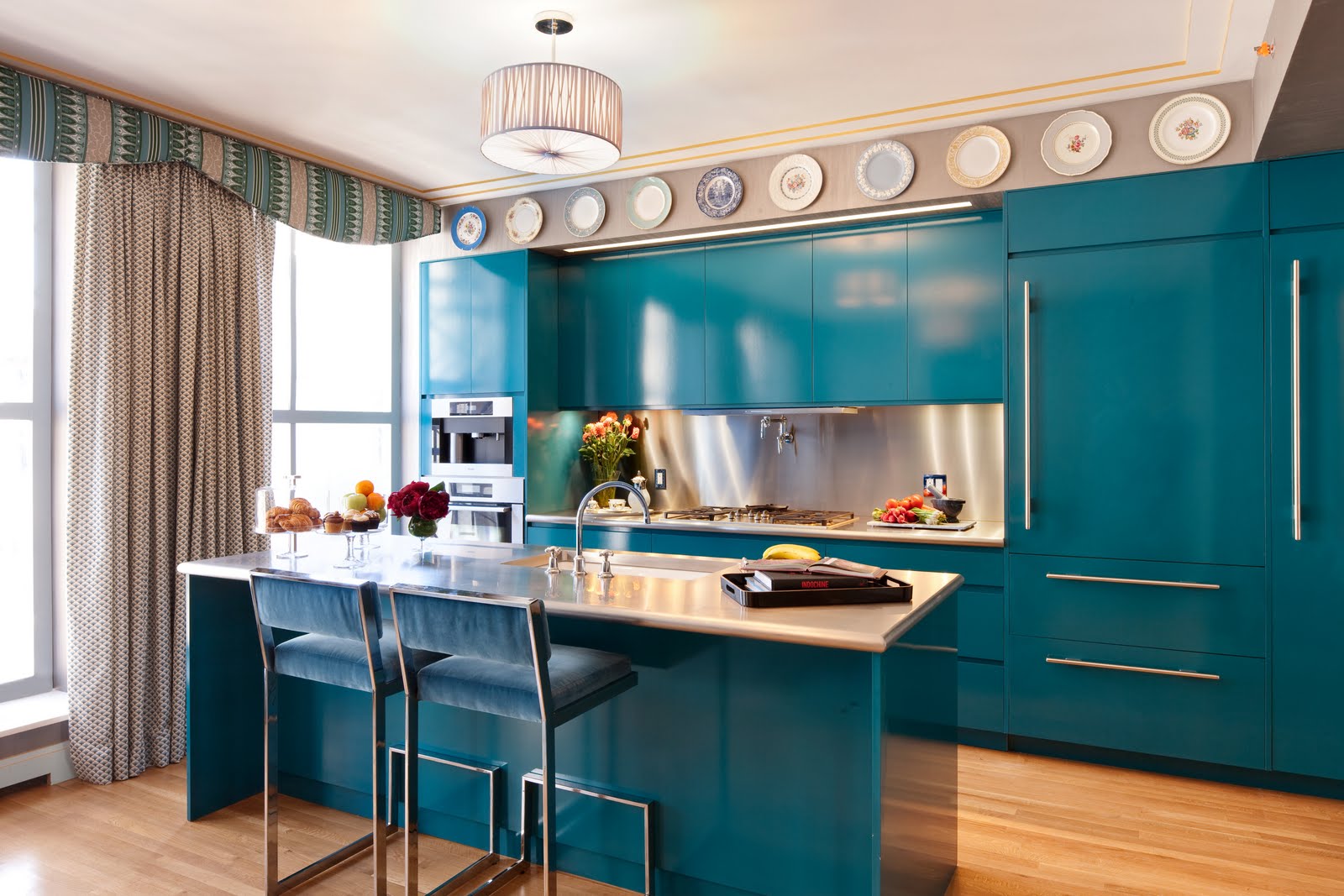
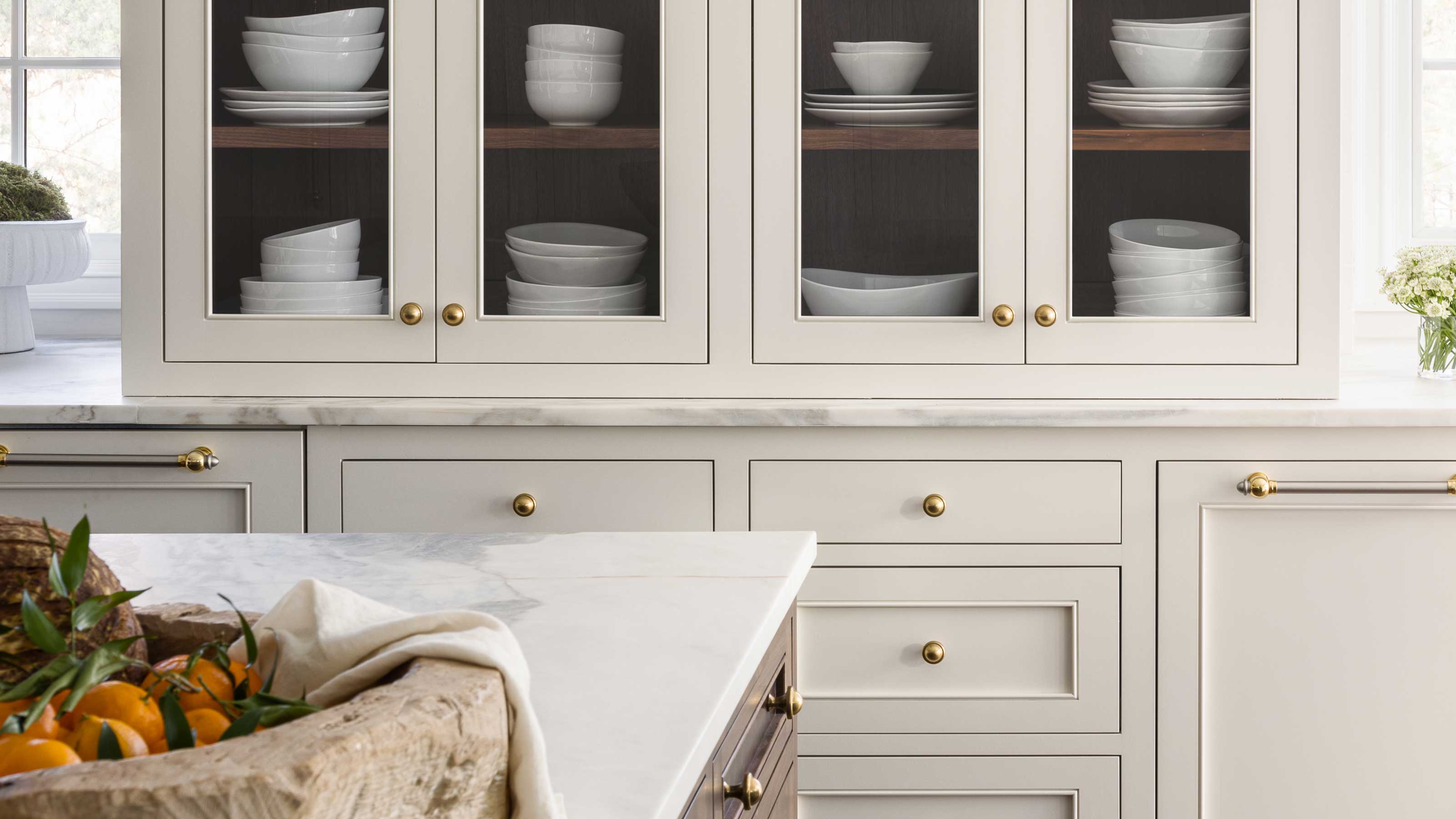
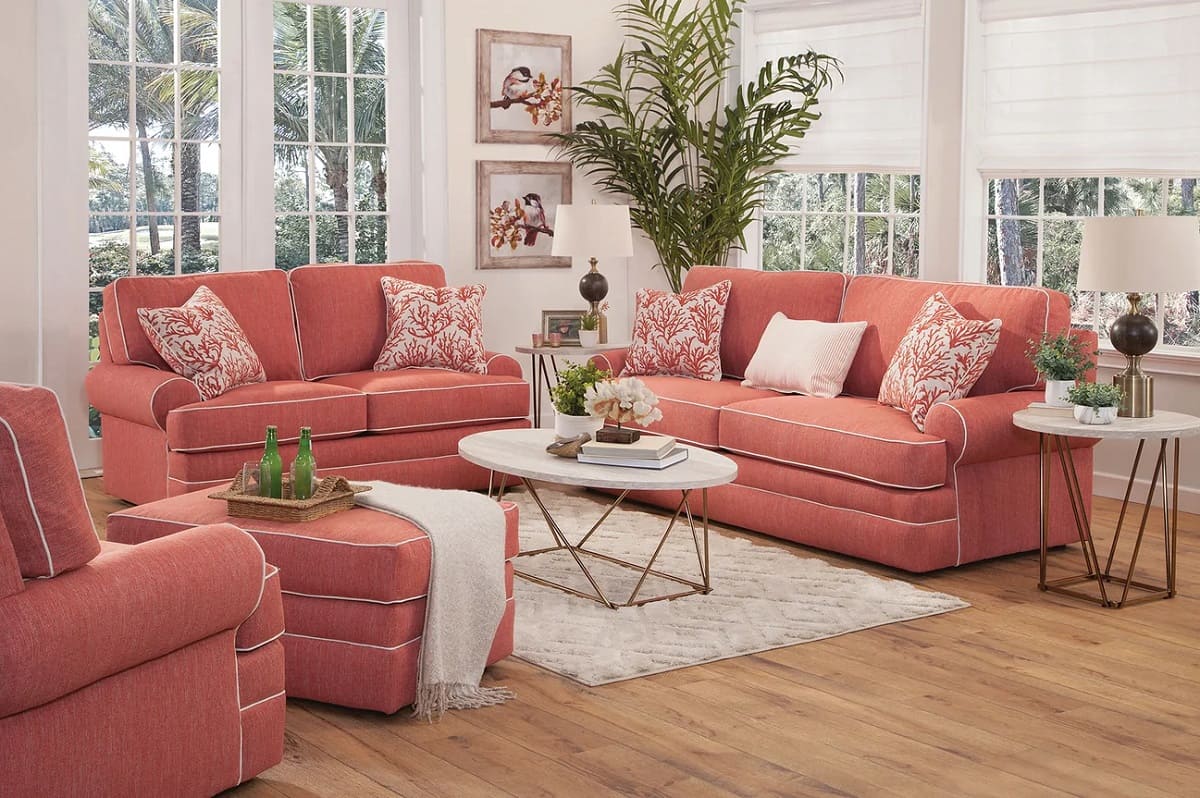
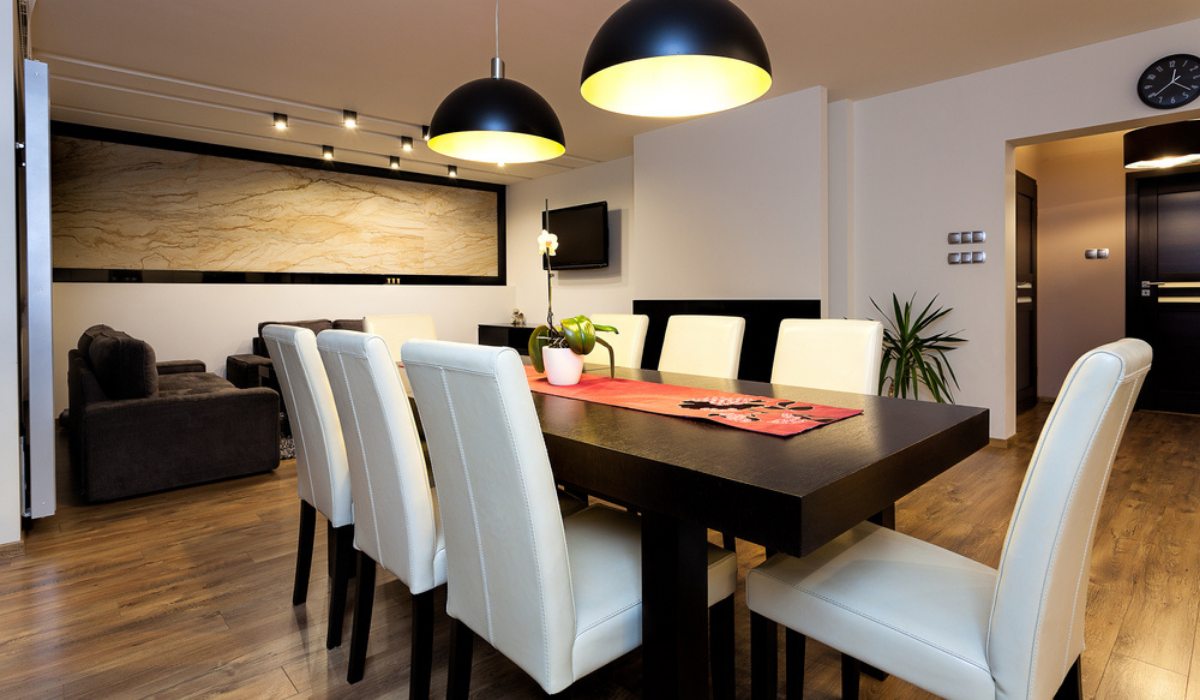

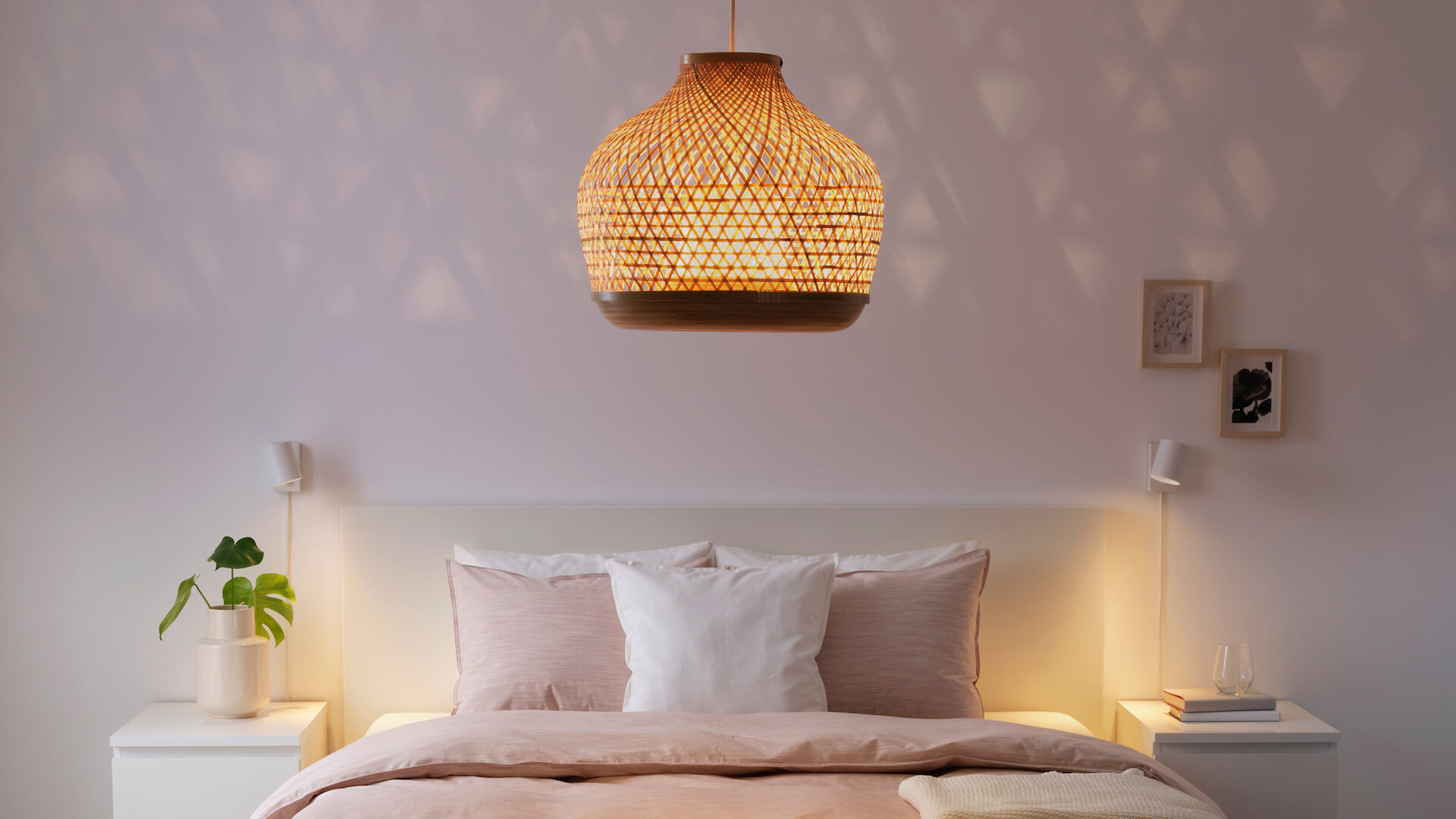

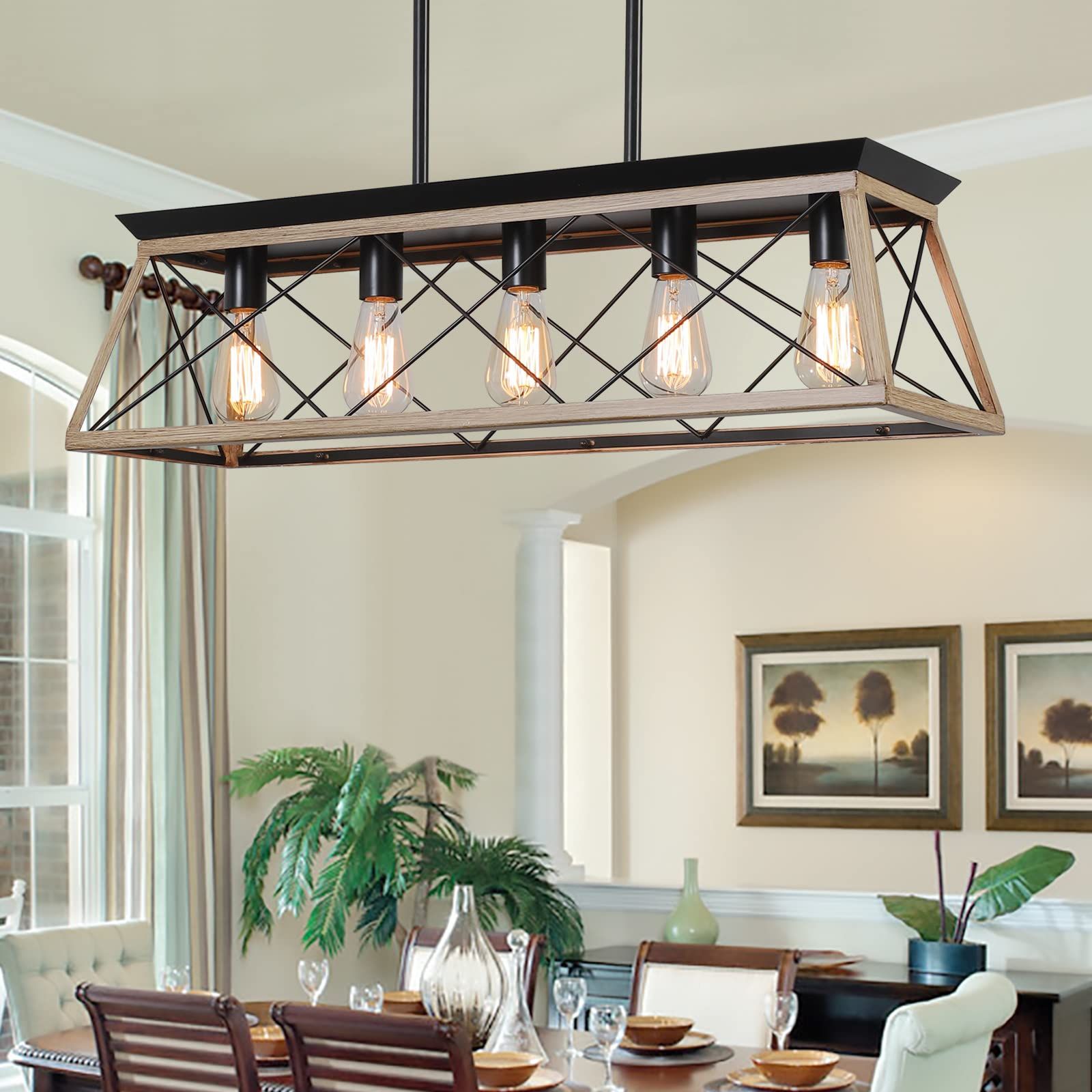
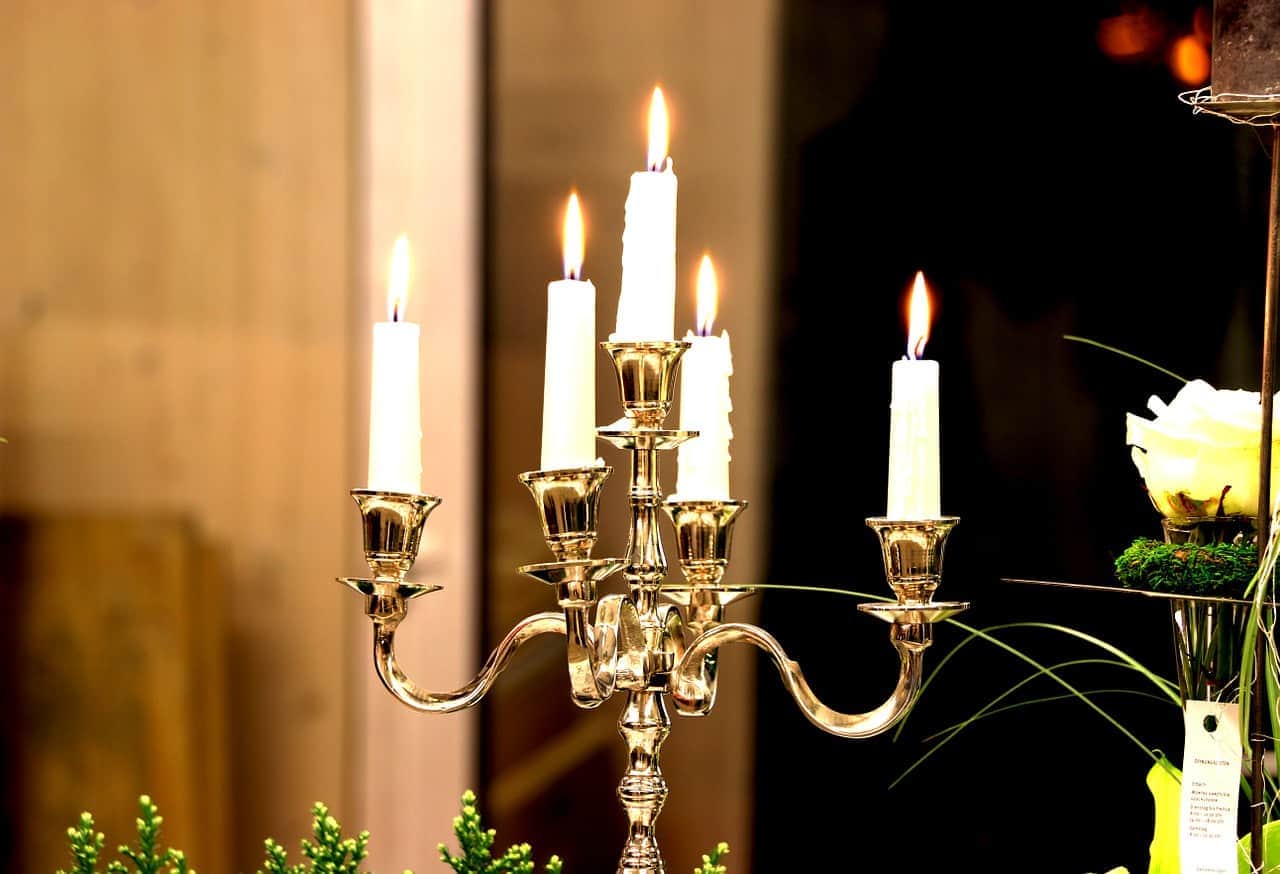
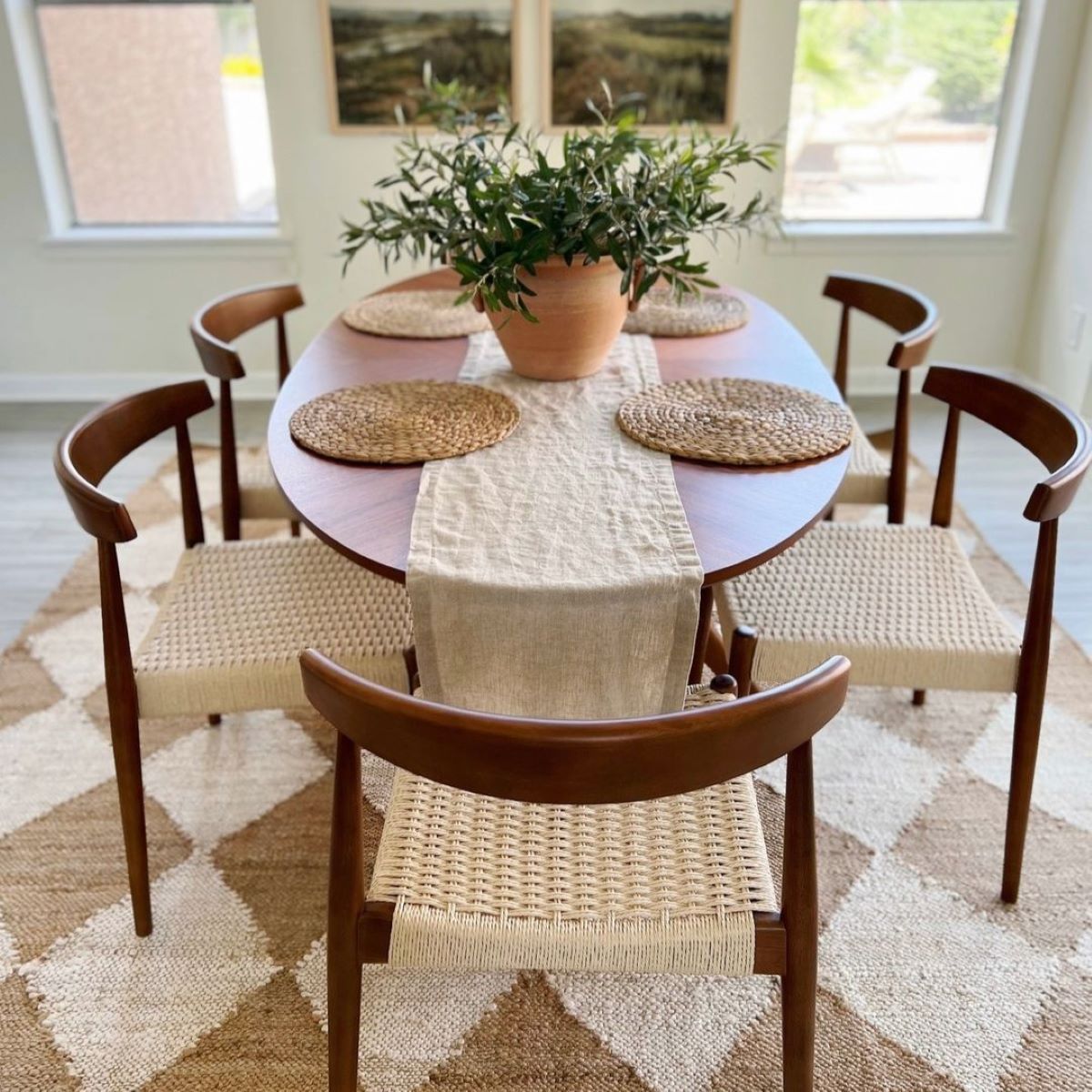
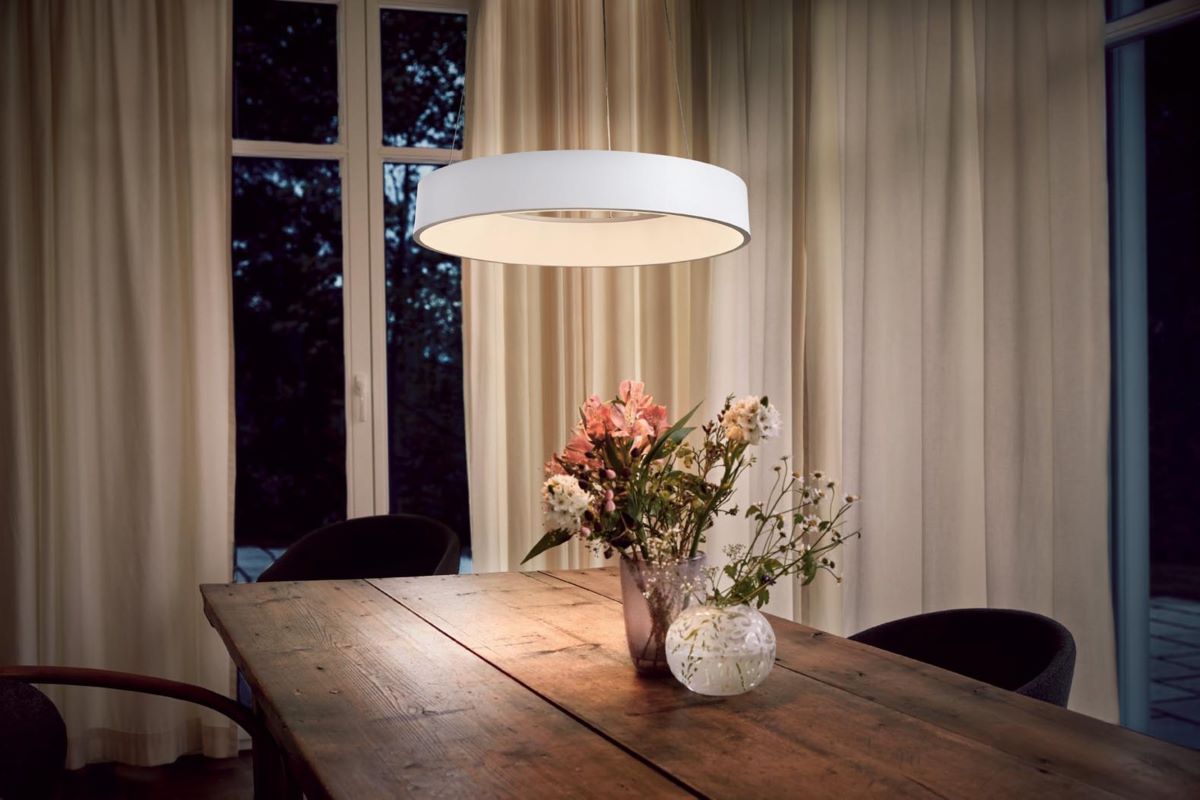

0 thoughts on “Do Kitchen And Dining Room Lights Have To Match? We Asked Experts For The Answer”